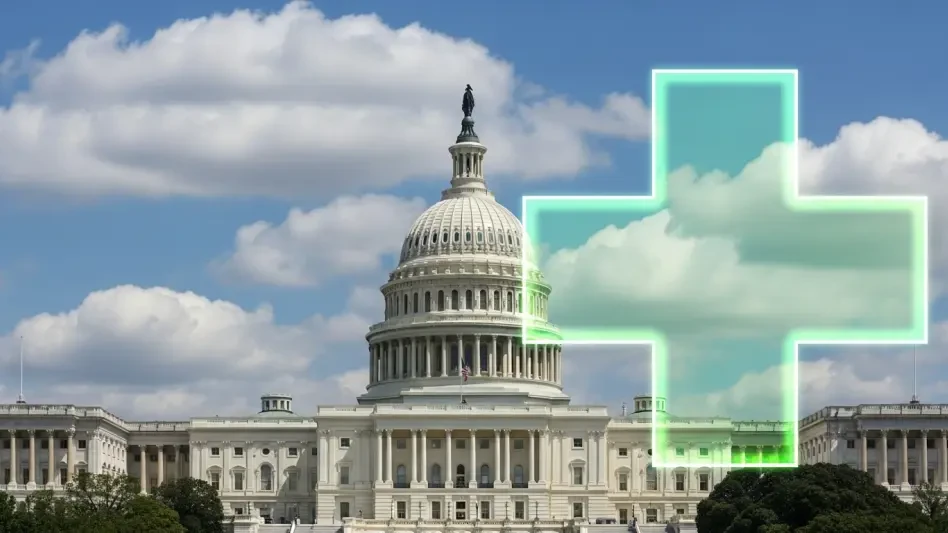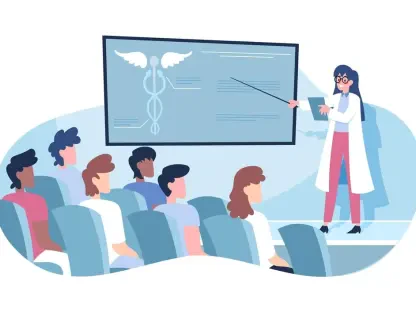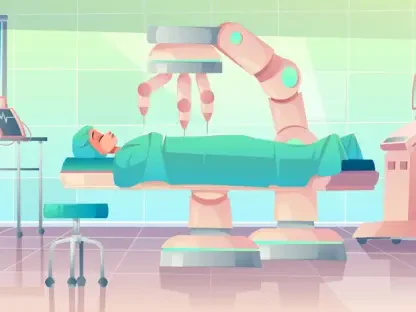The U.S. government shutdown, now dragging into its seventh day, has brought the nation to a critical juncture, with hundreds of thousands of federal workers unpaid and essential services grinding to a halt, all while a contentious battle over health care policy, specifically Affordable Care Act (ACA) subsidies, takes center stage. At the heart of this crisis are the ACA subsidies that millions of Americans rely on to afford insurance premiums. These subsidies, expanded during the COVID-19 pandemic to ease financial burdens, are on the verge of expiring, which could lead to skyrocketing costs for families across the country. What began as a budget disagreement in Congress has morphed into a full-blown standoff, paralyzing federal operations and exposing deep ideological rifts over the government’s role in health care. This deadlock isn’t merely a political squabble; it’s a high-stakes struggle that affects the livelihoods of workers and the well-being of citizens, raising urgent questions about how such a fundamental issue could shutter the government.
This crisis underscores a profound divide between political factions, with Democrats advocating fiercely for the continuation of ACA subsidies to prevent a public health disaster, while many Republicans view the law—often dubbed “Obamacare”—as flawed and in need of sweeping reform. The shutdown has become a flashpoint for these opposing visions, amplifying the human toll as federal employees face financial uncertainty and critical programs hang in the balance. Beyond the immediate chaos, the debate taps into a 15-year saga over the ACA, with record enrollment numbers heightening the stakes. As negotiations stall, the nation watches a political impasse that shows little sign of resolution, leaving millions to wonder how long this disruption will persist and what it means for their access to affordable care.
Unpacking the Health Care Policy Standoff
Democrats’ Unwavering Push for Subsidies
The Democratic stance on the current shutdown is rooted in a unified commitment to extend ACA subsidies, viewing them as a lifeline for millions facing potential premium hikes. Led by prominent figures like Senate Democratic Leader Chuck Schumer, the party argues that allowing these subsidies to lapse would be catastrophic, especially as open enrollment looms on November 1. They emphasize that without immediate action, countless families could be priced out of health insurance, exacerbating economic inequality and undermining public health. This position is framed not just as policy but as a moral imperative, with Democrats pointing to widespread public support for ending the shutdown and securing health care protections. Their resolve is clear: no federal funding deal will pass without guarantees for these critical subsidies, even if it means prolonging the deadlock in Washington.
Beyond the rhetoric, Democrats are leveraging data to bolster their case, highlighting that a record 24 million Americans are enrolled in ACA plans, largely due to the expanded subsidies. They warn that the expiration of this aid would trigger immediate financial strain, with premium increases hitting middle- and low-income households hardest. Party leaders have also criticized Republican resistance as out of touch with constituent needs, accusing the opposition of prioritizing ideological battles over practical solutions. While maintaining a firm line, some Democrats have signaled a willingness to engage in bipartisan talks, provided health care remains a non-negotiable priority. This approach reflects a strategic balance between standing firm on principles and seeking a path out of the shutdown, though trust across the aisle remains a significant barrier.
Republicans’ Fractured Approach to ACA Reform
Republicans, while often united in their criticism of the ACA, reveal a spectrum of opinions on how to address the subsidy issue amid the shutdown. House Speaker Mike Johnson has publicly insisted on party cohesion, claiming full support within GOP ranks for holding firm against subsidy extensions without major reforms. However, voices like Rep. Chip Roy of Texas take a hardline stance, rejecting any continuation of the subsidies and advocating for a complete overhaul of what they see as a fundamentally broken system. This faction views the current crisis as a rare opportunity to dismantle key aspects of the ACA, arguing that temporary fixes only delay necessary structural changes. Their position is grounded in long-standing opposition to the law, prioritizing ideological purity over immediate relief for affected citizens.
In contrast, a more pragmatic wing of the Republican Party shows cautious openness to short-term solutions, driven by constituent pressures over rising insurance costs. Senators like Josh Hawley of Missouri and Rep. Marjorie Taylor Greene of Georgia have expressed concern about the real-world impact of premium spikes, suggesting that a temporary extension of subsidies might be warranted to avoid voter backlash. This internal tension highlights a broader challenge within the GOP: balancing a historic disdain for the ACA with the political realities of a shutdown that harms everyday Americans. While some push for compromise to reopen the government, the divide within the party complicates negotiations, leaving their strategy fragmented and less predictable compared to the Democrats’ unified front.
Ripple Effects of a Paralyzed Government
Human Toll on Federal Workers and Services
The immediate consequences of the government shutdown are stark, with hundreds of thousands of federal employees either furloughed or working without pay, facing mounting financial insecurity. Essential services, from national park operations to regulatory oversight, have slowed or stopped entirely, disrupting the lives of citizens who depend on these functions. The administration’s controversial suggestion that back pay for these workers might be withheld—despite legal entitlements—has intensified frustration, drawing sharp rebukes from Democratic leaders who insist that such a move would be unjust and unprecedented. This uncertainty compounds the stress on federal workers, many of whom are already struggling to cover basic expenses, turning a political dispute into a personal crisis for countless families across the nation.
Adding to the complexity, the shutdown threatens funding for vital social programs like the Special Supplemental Nutrition Program for Women, Infants, and Children (WIC), which supports vulnerable populations. Proposals to use tariff revenue as a temporary funding source have surfaced from the White House, though specifics remain murky, raising questions about feasibility and long-term stability. The ripple effects extend beyond workers to the broader public, as delayed government services hinder everything from small business loans to disaster relief efforts. This widespread disruption underscores the urgency of resolving the impasse, yet the entrenched positions on health care policy continue to overshadow these pressing human costs, leaving little room for optimism about a swift resolution.
Political Gridlock and Public Consequences
The shutdown serves as a stark reminder of the deep-seated partisanship that often paralyzes governance in Washington, with health care policy acting as the current lightning rod. Both Democrats and Republicans acknowledge the looming threat of premium increases for ACA enrollees, a concern that becomes even more pressing with open enrollment approaching. Behind closed doors, rank-and-file senators from both parties have initiated bipartisan discussions, floating ideas like a one-year subsidy extension with a gradual phase-out or pairing funding bills with future health care commitments. These efforts, while promising, are hampered by a profound lack of trust and conflicting priorities, as each side remains wary of conceding ground that could be perceived as a political loss.
The public, meanwhile, bears the brunt of this gridlock, caught between rising health care costs and a government unable to function. The debate over ACA subsidies is not just a policy issue but a symbol of broader ideological divides, reflecting years of contention over the law’s legacy. With 24 million Americans enrolled in ACA plans, the outcome of this standoff will have lasting implications for access to affordable care. Even as some Republicans show willingness to act due to constituent feedback, the dominant narrative remains one of stalemate, leaving the nation’s health care future—and the immediate needs of its citizens—in limbo. Looking back, this chapter of political inaction highlighted the steep cost of division, prompting a renewed focus on finding common ground to prevent such crises from recurring. Moving forward, fostering bipartisan dialogue and prioritizing pragmatic solutions over ideological battles could pave the way to stability, ensuring that health care debates no longer hold the government hostage.









